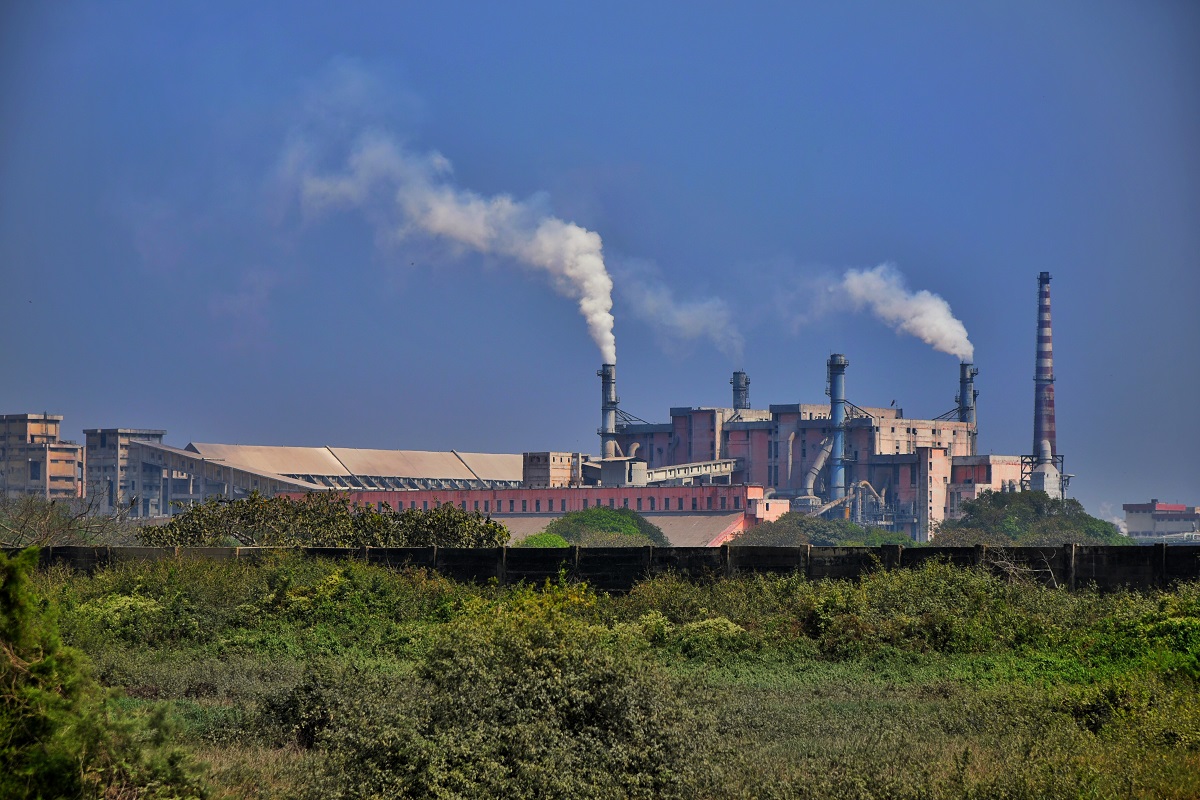The Odisha government has identified 145 industries in the highly polluted category and directed them to install high-density internet-based surveillance cameras at suitable locations for viewing of the stag and fugitive emissions, said a senior official.
Though directions have been issued, only 24 industries have so far installed the cameras while 61 more industries are in the process of installation of the cameras. However, 60 industries, classified in highly polluted categories, are yet to abide by government order and are yet to put in place the cameras. If they do not carry out the installation process shortly, penal measures under prevention and control of pollution will be initiated against them, said Chief Secretary Suresh Chandra Mahapatra while presiding over a high-level meeting here yesterday.
Advertisement
These cameras are connected to the remote monitoring Control Room set up in Head Office of the State Pollution Control Board at Bhubaneswar.
The State pollution Control Board has been directed to strictly enforce the pollution control measures in the aluminum smelter plants operating near Hirakud in Sambalpur district. The SPCB ought to ensure zero discharge of the fluoride by these industries to the reservoir.
The industries should properly dispose of the generated fluoride within their own campus without contaminating the groundwater of the area. The Board was also asked to conduct a detailed study on the waste discharge by these industries and its impact on the wildlife, Mahapatra said.
The high-level meeting also sought for implementation of the clean air programme in Ekamra Kshetra (Bhubaneswar), and the development of the Geodatabase for environmental mapping in critically polluted areas of the State.
It has been decided that out of several global level air pollution management models, the technique of less emission zone (LEZ) would be more effective for Bhubaneswar.
“The urban forests contribute towards a healthy living in city areas. Therefore the maintenance of the ambient air quality, groundwater level, and bio-diversity in the cities is the crying need of the hour. The urban forests like Bharatpur sanctuary, Ekamra Kanana, Jayadev Vatika, and Chandaka have immensely contributed towards the enrichment of human life in a number of ways in Bhubaneswar ”, Chief Secretary Mahapatra concluded.
The Geodatabase for environmental mapping and web-based GIS application has been rolled out in the highly polluted Talcher coal belt. The system would also be put in place for the industrial areas in Rourkela, Keonjhar, Balasore, Kalinganagar, and Angul. Through the system, the pollution generation and disposal by the industries could be monitored through a web based online system from the Control Room itself, the Member Secretary SPCB K. Murugesan said.











